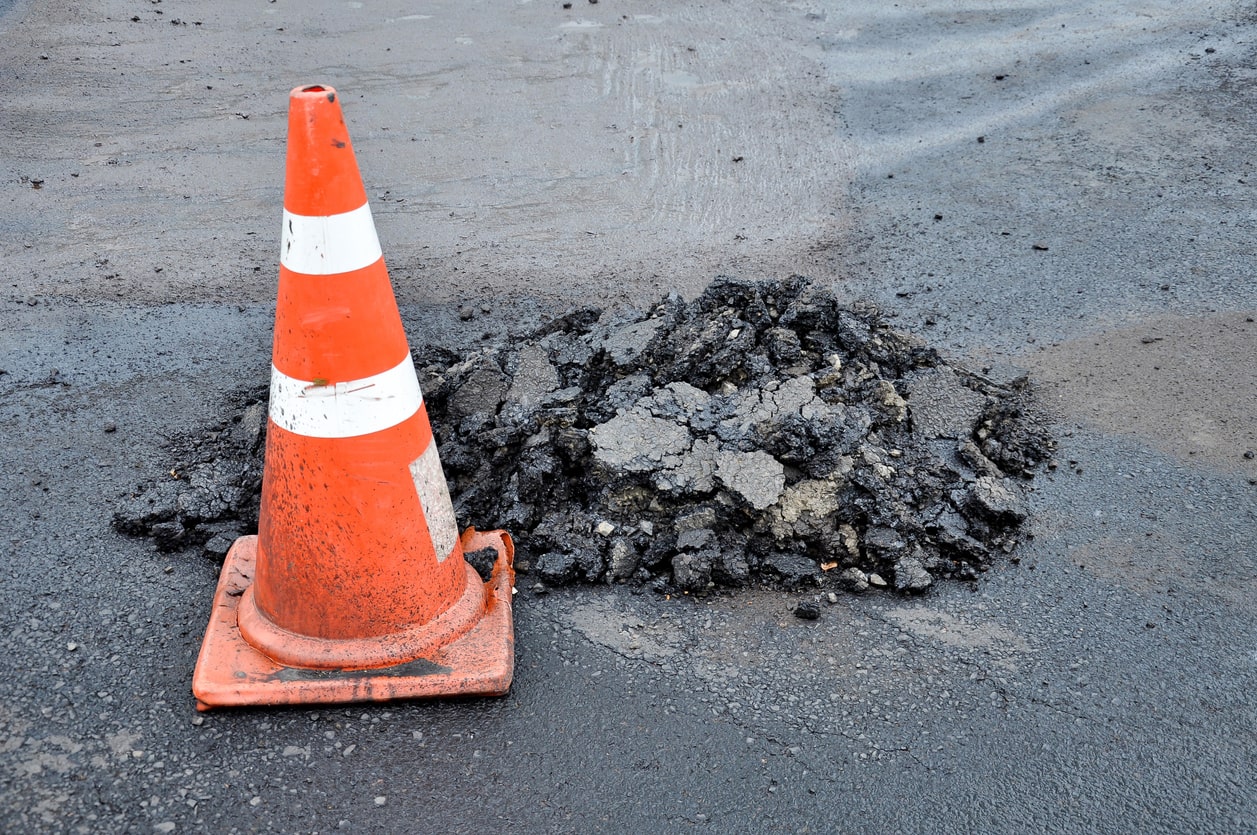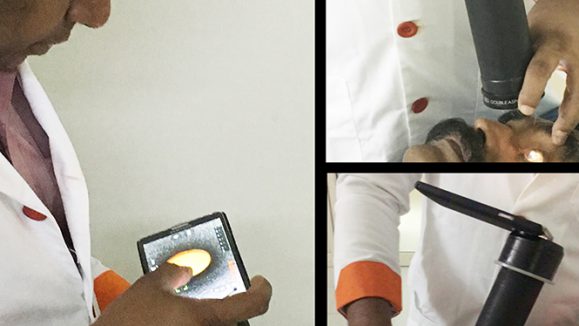Macular holes (MH) can cause significant problems in vision, especially central focus vision that’s necessary for everyday things like reading or driving. Usually, older people — those over 60 — are the patients who present with MH. Aging causes the vitreous to pull away from the retina, which is normal and usually causes no adverse effects. MH is one of the possible adverse effects, however.
And, of course, there are varying degrees of MH severity: stage 1, a foveal detachment; to stage 2, a partial-thickness hole; stage 3, a full-thickness hole; and stage 4, when a full-thickness hole is present in the context of a full detachment of the vitreous from the macula.
Traditionally, the most common treatment has been pars plana vitrectomy followed by the insertion of a gas bubble that allows the hole to heal. Often, doctors advise that the patient must remain face-down or in certain positions to allow healing to occur and to prevent the bubble moving — though there has been some controversy surrounding the idea recently.
Some recent developments in MH treatments have opened up potential new therapeutic paths. Most of these will require further development to be fully viable, but they’re thoroughly interesting nonetheless.
Eye Drops for Macular Holes?
One particularly interesting case was the use of eye drops in concert with a few other drugs to help close a macular hole in a patient. Before we delve in, a note: as of the article referenced, there has been no clinical trial of the method. The sample size is also small. That said, this is a treatment that can potentially lead to avoiding surgery — something that most patients would consider a good thing.
Dr. Dimiatra Skondra, M.D., Ph.D., and retina specialist, noted that a combination of dehydrating the retina and reducing swelling around the hole can potentially allow the hole to heal itself. She combined prednisolone and ketorolac, an anti-inflammatory, with brinzolamide — a drug that helps remove excess fluid to reduce intraocular pressure.
In the two patients she described, the effects were positive and led to the MH healing without surgical intervention. So, even if it doesn’t work, surgery is still an option. And, again, let’s be honest — most patients don’t want their eyes being cut into if it’s avoidable.
New Surgical Options for Macular Holes
In addition to vitrectomy, several new surgical techniques are being used to treat MH — and the proliferation of techniques looks to be an explosion in innovation. We’ll dive further into these new options in an upcoming article, but for now we’ll discuss some of the more eyebrow-raising ones.
Human Amniotic Membrane for Macular Holes
Using a human amniotic membrane injection appears to be very effective at inducing the proliferation of retinal pigment epithelium (RPE) cells — and at repairing choroidal holes. One team reported excellent results using amniotic membrane in eight cases of recurrent MH and six of retinal detachment.1 In another case, using amniotic membrane led to MH closure in 15 of 16 eyes, along with a significant increase in visual acuity.2
Neuroregeneration Through Stem Cells for Macular Holes
Using mesenchymal stem cells (MSCs) isolated from human umbilical cords have shown some promise in helping to regenerate MHs. This variety of treatment appears best suited for large and refractory MHs.
First, pars plana vitrectomy was performed and the internal limiting membrane was peeled. Then the MSCs were dropped in. In the small sample size discussed here, six out of seven MHs closed, and visual acuity improved in five eyes. There’s a notable downside, however: The treatment led to significant inflammation as well as the creation of a fibrotic membrane.
Down the Macular Rabbit Hole
There are lots of new surgical — and nonsurgical — options for treating MHs. That much is clear. What is yet to be clear is which treatment is the most bulletproof. Or, if there is no standard, bulletproof treatment, how to determine which patient needs which treatment. After all, care should be customized as much as possible.
We look forward to further developments in this field because it appears that, unlike the macular holes, this particular rabbit hole won’t be closing.
- Rizzo S, Caporossi T, Tartaro R, et al. A human amniotic membrane plug to promote retinal breaks repair and recurrent macular hole closure. Retina. 2019;39(Suppl 1):S95–S103.
- Caporossi T, Pacini B, De Angelis L, Barca F, Peiretti E, Rizzo S. Human amniotic membrane to close recurrent, high myopic macular holes in pathologic myopia with axial length of >/=30 mm. Retina. 2019.



